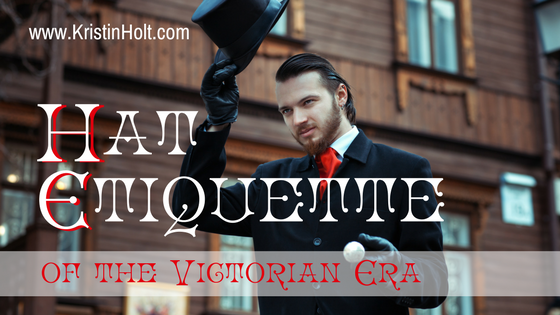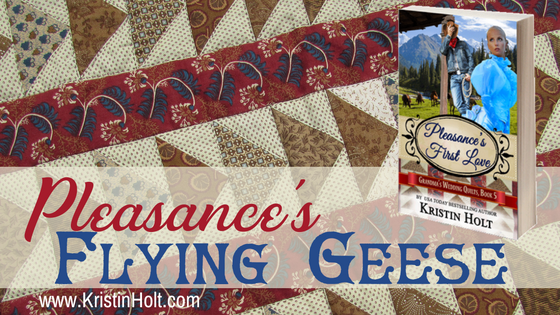
by Kristin Holt | Apr 5, 2017 | Articles
Etiquette governed much during the Victorian Era: courtship, marriage, mourning, letters, social calls, dancing, engagements and breaking of engagements, clothing…and men’s hats. When reading fiction and nonfiction alike, I’ve wondered about men tipping their hats to ladies, removing their hats (or not), giving their hats over to the butler (or not), wearing a Stetson inside or during a business meeting… What did good manners demand? How did a cowboy show respect? How did a lady know if a man hoped to stay awhile when he paid a call?

by Kristin Holt | Jan 22, 2017 | Articles
Nineteenth Century Ice Cutting, Part 1 (of 3): Ice cutting was a boom business in the mid 1800s. Tons of ice were harvested each winter in the Northeast portion of the United States, housed near rivers and railway spurs, and shipped near and far for use in the remaining seasons of the year. An image from August 1884 Harper’s Weekly, a patent from 1841, a spot of Victorian humor, and newspaper clippings shed light on the significant ice trade.

by Kristin Holt | Jan 11, 2017 | Articles
As each book in Grandma’s Wedding Quilts series has its own quilt pattern, I share some historic tidbits about the meaning behind the Flying Geese quilt blocks. Pleasance’s quilt, Flying Geese, to her 10-year-old mind wasn’t fancy enough, but by the time she marries and better understands the value of Grandma Mary’s gift to her, the significance of this quilt pattern (and her grandmother’s work) means a good deal to her. I share quotes from the book, beginning and end, with Pleasance’s attitudes about her very plain quilt pattern.

by Kristin Holt | Jan 9, 2017 | Articles
Pleasance. That’s an unusual name for a heroine… even for a story set in 1879. Where did it come from? Did you make it up?

by Kristin Holt | Dec 23, 2016 | Articles
During the latter half of the nineteenth century, Letters to Santa Claus were a common appearance in newspapers. Whether the practice alerted parents, shared heartwarming tales of postal employees gathering nickles from among their department to stand in as a “Secret Santa” (modern lingo), or perhaps brought about by a store’s advertisements in the newspaper, Letters to Santa Claus provide a unique glimpse into the past. Want to know what toys children found appealing in the 1870’s? Or what dolls were fashioned of? Take a peek inside!













